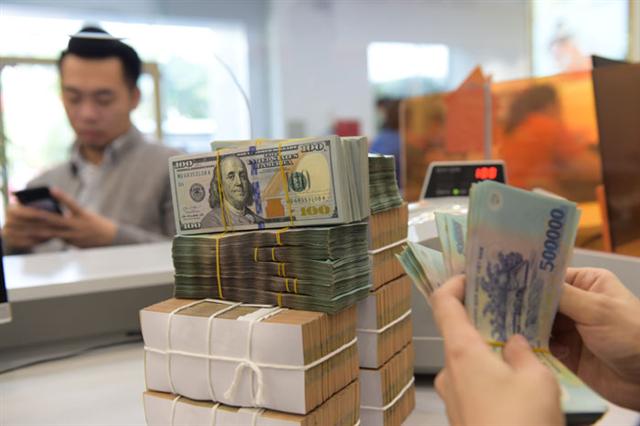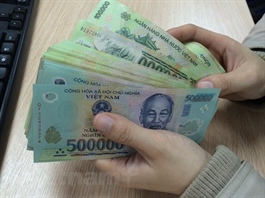Vietnam banks performance improves with economic recovery: Fitch Ratings
Vietnam banks performance improves with economic recovery: Fitch Ratings
Fitch expects the economy to continue to recover, helped by well-controlled local coronavirus infection rates.
Vietnam banks' positive third-quarter results highlight easing pressure on asset quality and profitability on the back of an improving economic outlook, stated Fitch Ratings in a new report.

Fitch predicts earnings to recover in 2021 with lower impairment charges. Photo: Pham Hung.
|
Vietnam's GDP growth accelerated to 2.6% year-on-year in the third quarter following a modest growth of 0.36% in the previous one, and the job market is on the mend after the coronavirus-induced economic shock.
Fitch expects the economy to continue to recover, helped by well-controlled local coronavirus infection rates. This bodes well for borrowers' debt-servicing capacity, and underpins the banking system's profitability in the near term, it noted.
The problem-loan formation rate has declined since the second quarter, and Fitch expects reported asset-quality metrics to continue to benefit from regulatory relief on loan classification for pandemic-affected exposures - which is likely to remain in effect until late into the second half of 2021.
Nevertheless, Fitch said it looks beyond purely non-performing loan (NPL) metrics when assessing the banks' asset quality. Banks have also booked higher credit provisions in the first nine months of 2020 to reflect higher asset-quality stress. Better operating-cost control has mitigated these provisions to buttress profitability so far.
Overall, Fitch predicts earnings to recover in 2021 with lower impairment charges and a sustained recovery in loan growth. Yet this will partially be offset by continued compression in net interest margins, which is likely to be more pronounced among the state-owned banks.
Capitalization for Vietnamese banks remains thin for the given risks in the local operating environment. Nevertheless, the recovery in economic activity and banks' profitability should generate sufficient retained earnings to support near-term growth to keep capital ratios stable.
In late September the State Bank of Vietnam, the country’s central bank, announced its fourth policy rate cut of the year in a move to support the economy amid the Covid-19 crisis.
Accordingly, the refinancing interest rate is down from 4.5% per annum to 4%, rediscount rate from 3% to 2.5%, overnight interest rate from 5.5% to 5% and interest rate via OMO from 3% to 2.5%.
The SBV also lowered the interest rate cap to 4% annually from 4.25% for deposits with maturities of one month to less than six months.
Meanwhile, the SBV ordered banks to lower the maximum lending rate for short-term loans to 4.5% from 5%, with the aim of helping companies operating in the fields of agriculture, high-tech industries and exports, among others. Similarly, that rate at people’s credit funds and micro finance services is down from 6% to 5.5%.






















